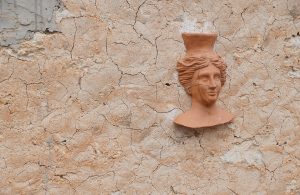Chinese Fine Porcelain Art
The Ming Dynasty in China lasted nearly 300 years. During its reign over the country, the government was relatively stable and the populace was protected from outside invasion. Cultural values were intensified, and the influence of this large nation was spread further than ever before. Artists in China during this period produced some of the finest porcelain and ceramic art pieces the world has known. A Ming vase is still a measure of the beauty of porcelain art pieces.
Stabilization of the government was one of the most important factors in the beauty of porcelain and ceramic art pieces produced at the time. The Chinese government introduced a countrywide standard for porcelain and ceramic art. Doing this ensured that every piece manufactured for the emperor or exported would be made with quality, and it showed the world the beauty Chinese artists were able to produce. This was a boon for collectors as well as the artists who created beautiful art pieces at the time.
Chinese emperors of this period had official porcelain and ceramic producers of their own. There was one official site where all their porcelain and ceramic arts were created and labeled with the emperor's name. These objects were only for the official court and not permitted to commoners or outsiders. The effect of having one place where talented artists were gathered allowed for advances in production and decoration of these pieces.
The influence of the Ming dynasty on porcelain and ceramic art is still felt today. The dynasty established a hallmark of quality and allowed artistic innovation. There are still many cherished pieces produced by the emperor's artists existing in the world today. They continue to be cherished and used as benchmarks for quality work by modern artists. These pieces are representative of a culture that supported artists and their explorations to find new ways to create beauty.



















